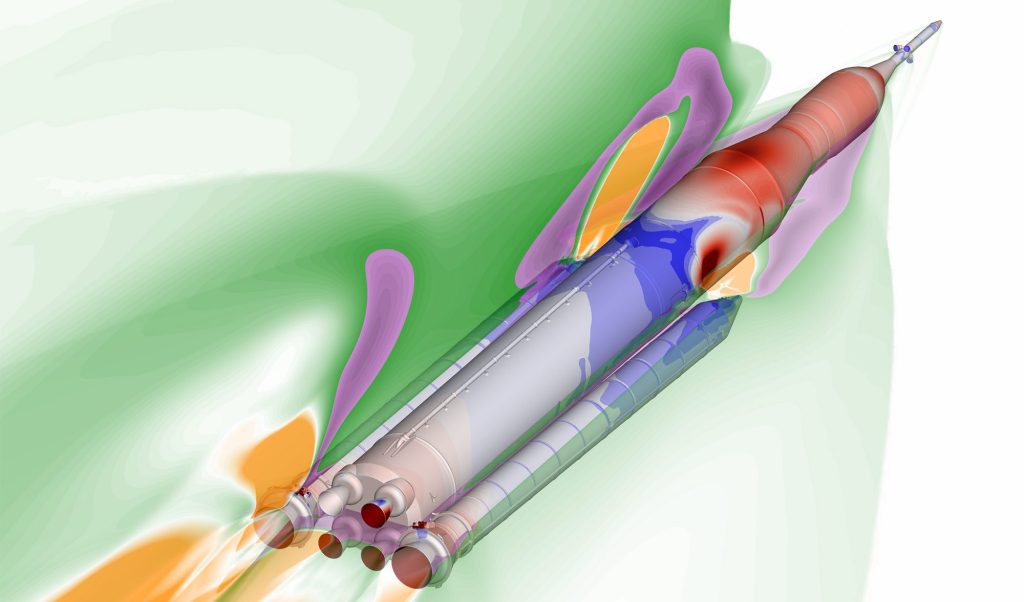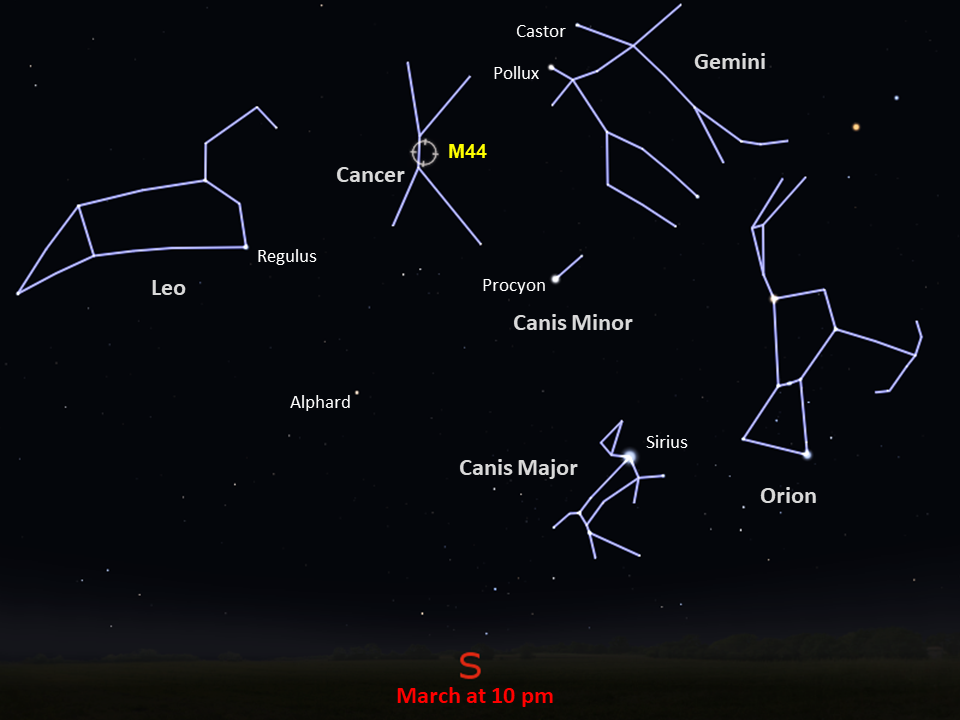Messier 44
Messier 44, or the "Beehive Cluster," buzzes with bright young stars.
Distance
600 light-years
Apparent Magnitude
3.7
constellation
Cancer
object type
Open Cluster
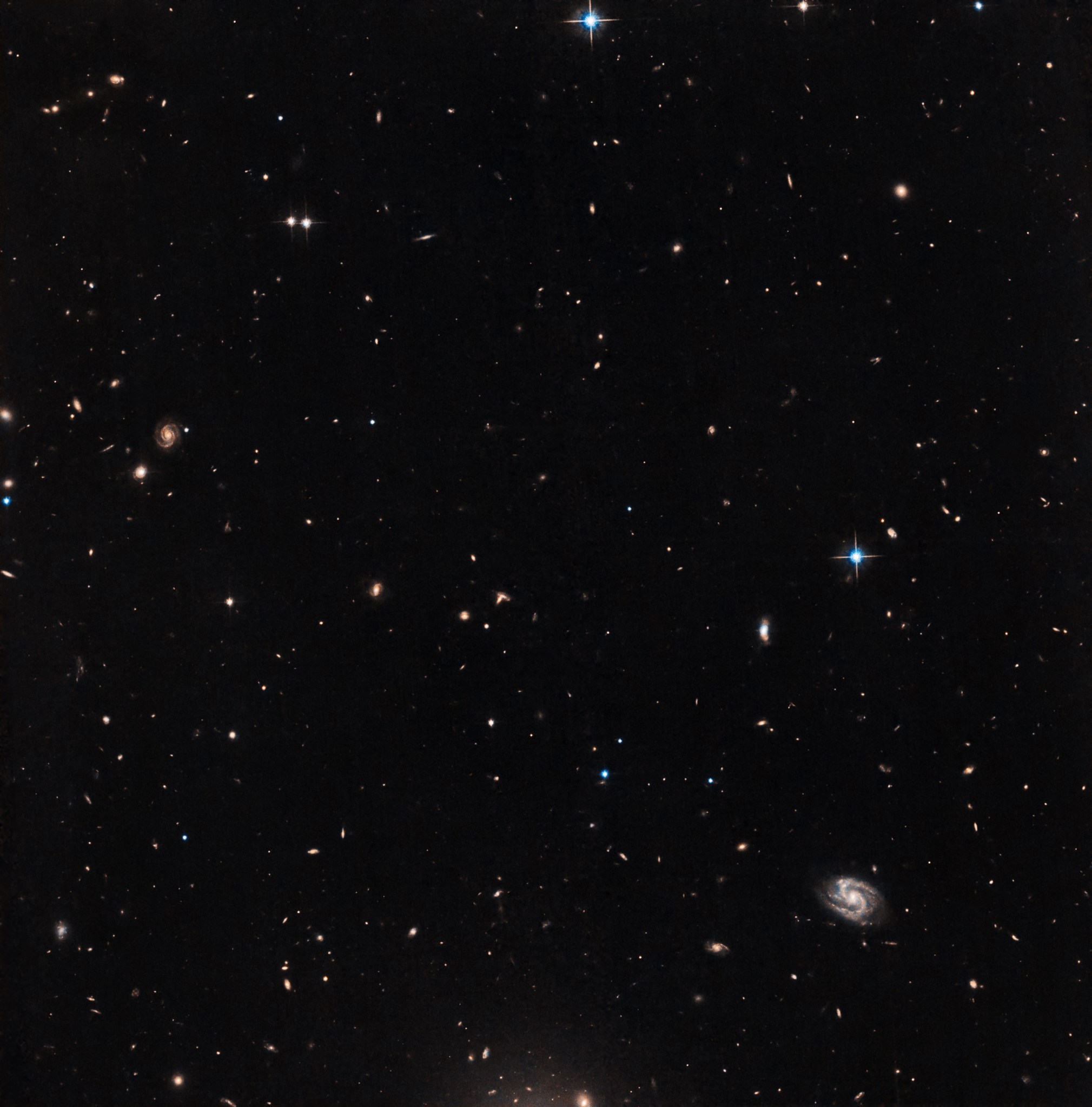
Messier 44, also famously known as the Beehive Cluster or Praesepe, swarms with activity as its name would suggest. This open cluster of around 1,000 stars, loosely connected by gravity, is one of the closest to Earth at approximately 600 light-years away. The stars of open clusters form from the same cloud of collapsing gas and the Beehive Cluster is thought to be quite young, around 600-700 million years old. In contrast, its Milky Way home is known to be about 4.6 billion years old.
M44 was first characterized as more than a cloudy nebula by Galileo, who resolved around 40 of the stars within it. Hubble uses its high-resolution vision to focus in on sections of the nearby cluster, capturing detailed views of bright stars mingled with an assortment of background galaxies. In these images, Hubble peered through the outskirts of M44 to explore the workings of galaxies far beyond.
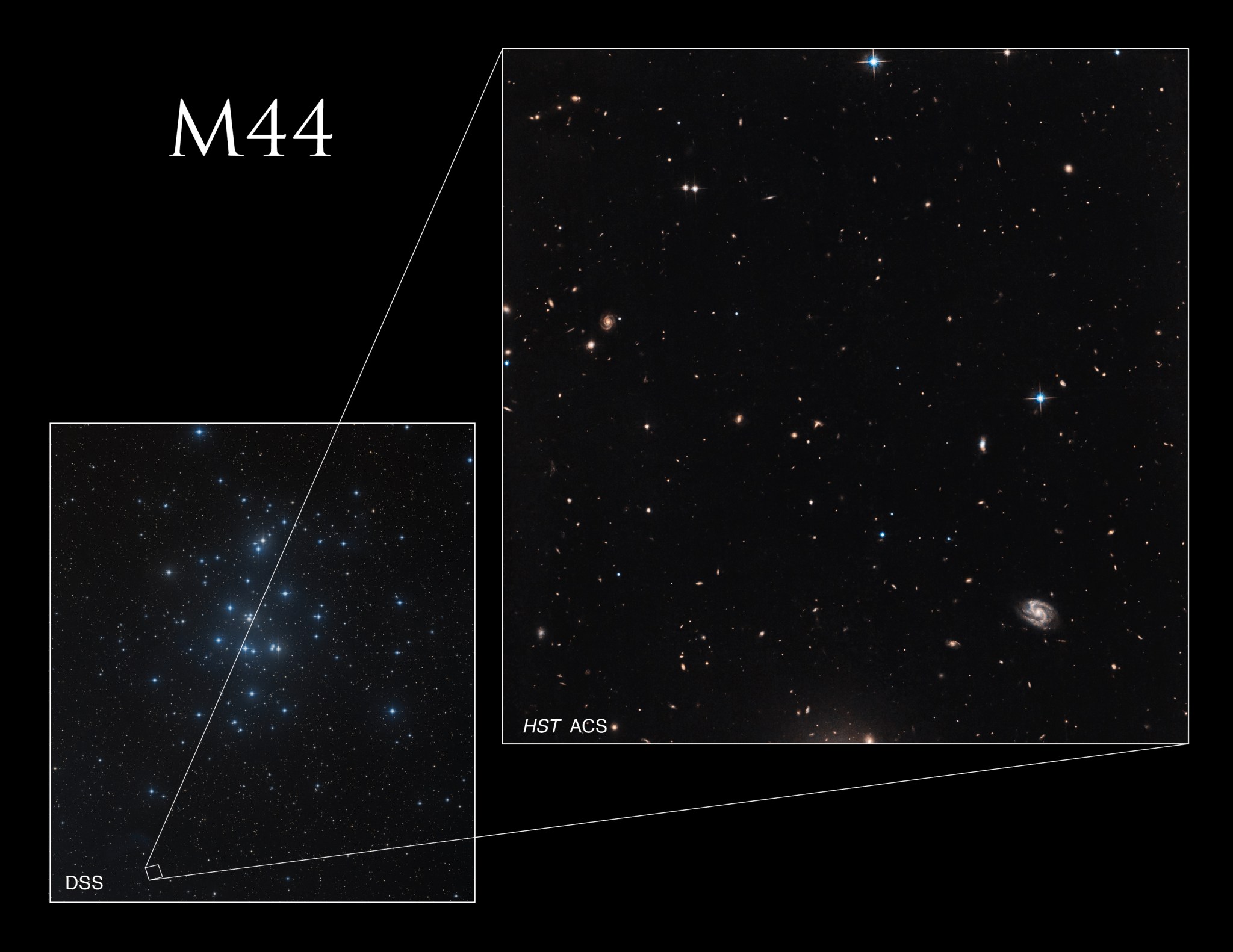
M44 covers the space of about three full moons (or 1.5 degrees) on the sky in the constellation Cancer and is best seen in the Northern Hemisphere’s spring sky, reaching its highest point in March. To the unaided eye, it looks like a blur of light positioned just above where the three branches of the upside-down “Y” of Cancer meet, while a pair of binoculars can resolve around 20 stars. A telescope will reveal scores to hundreds more of the cluster’s collection of mostly blue-white stars. In somewhat light-polluted skies, find it by going to the center of an imaginary line drawn between Regulus in Leo and Pollux in Gemini and looking slightly south and west.
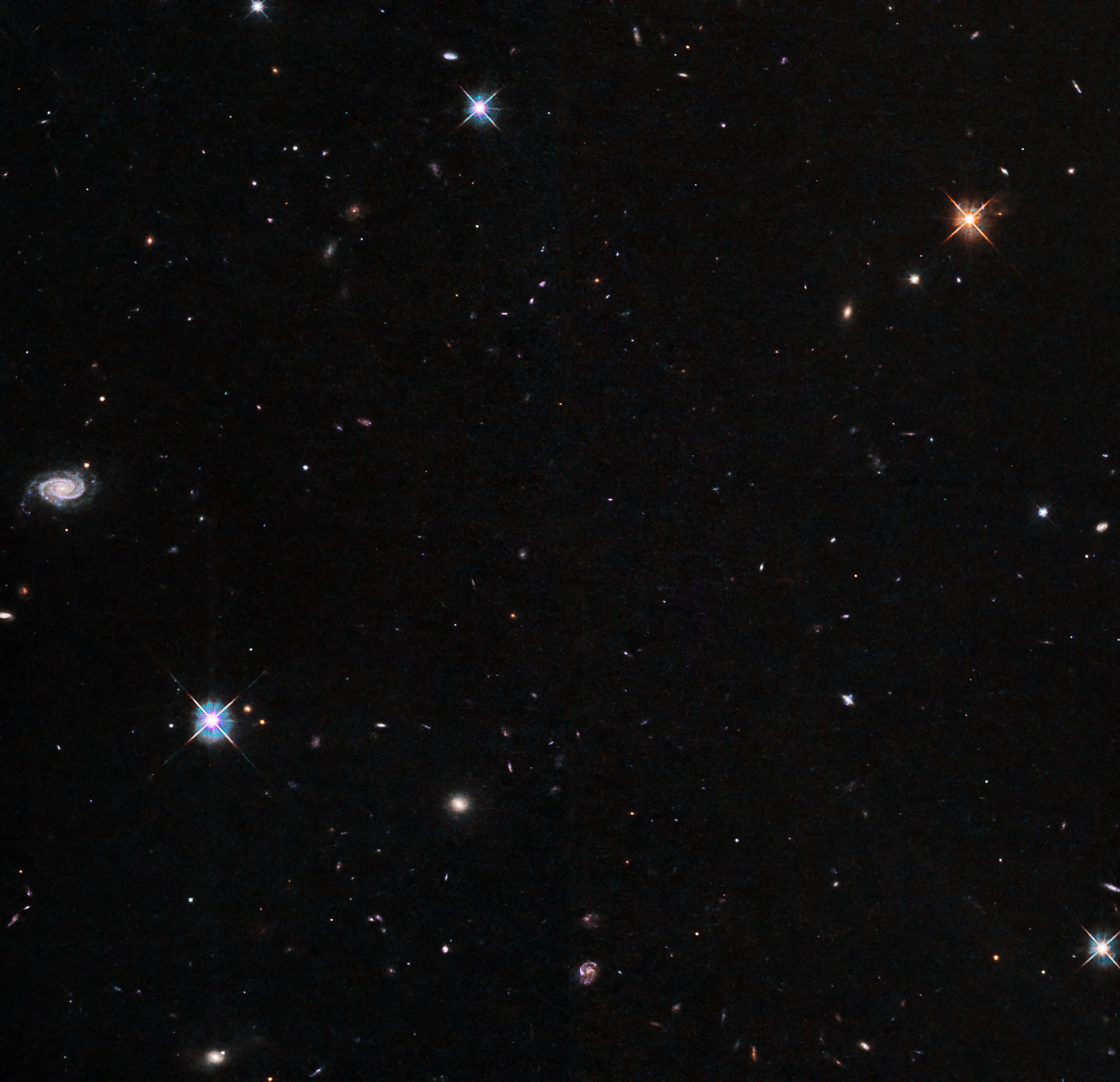
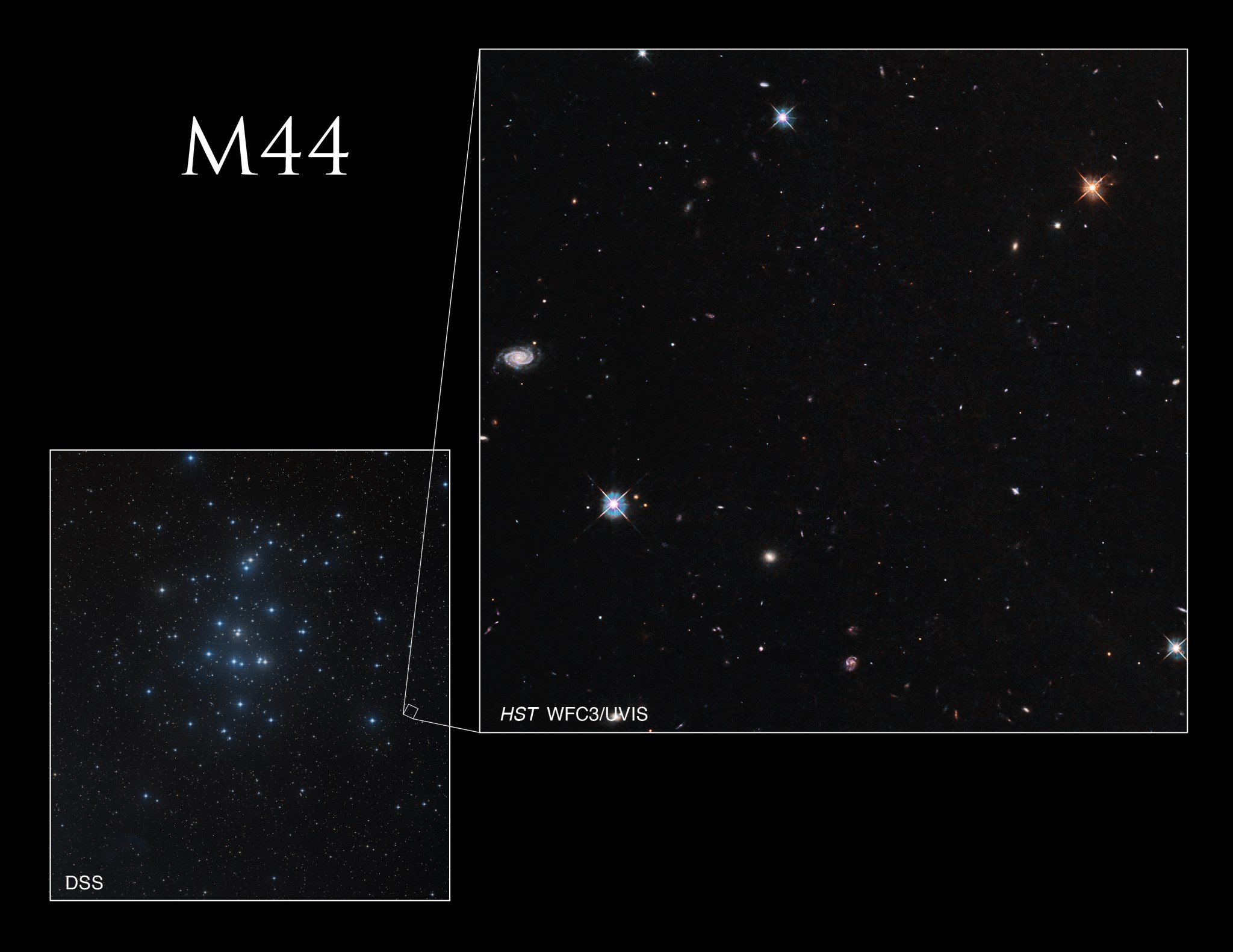
- Previous: Messier 43 | Next: Messier 45 (Omega Nebula or Swan Nebula)
- Back to Hubble's Messier Catalog
Explore Hubble's Messier Catalog
The following pages contain some of Hubble’s best images of Messier objects.

Overview The Messier catalog, begun by astronomer Charles Messier in the 18th Century and revised over the years, includes some…

Better known as the Crab Nebula, Charles Messier originally mistook Messier 1 for Halley’s Comet, which inspired him to create…
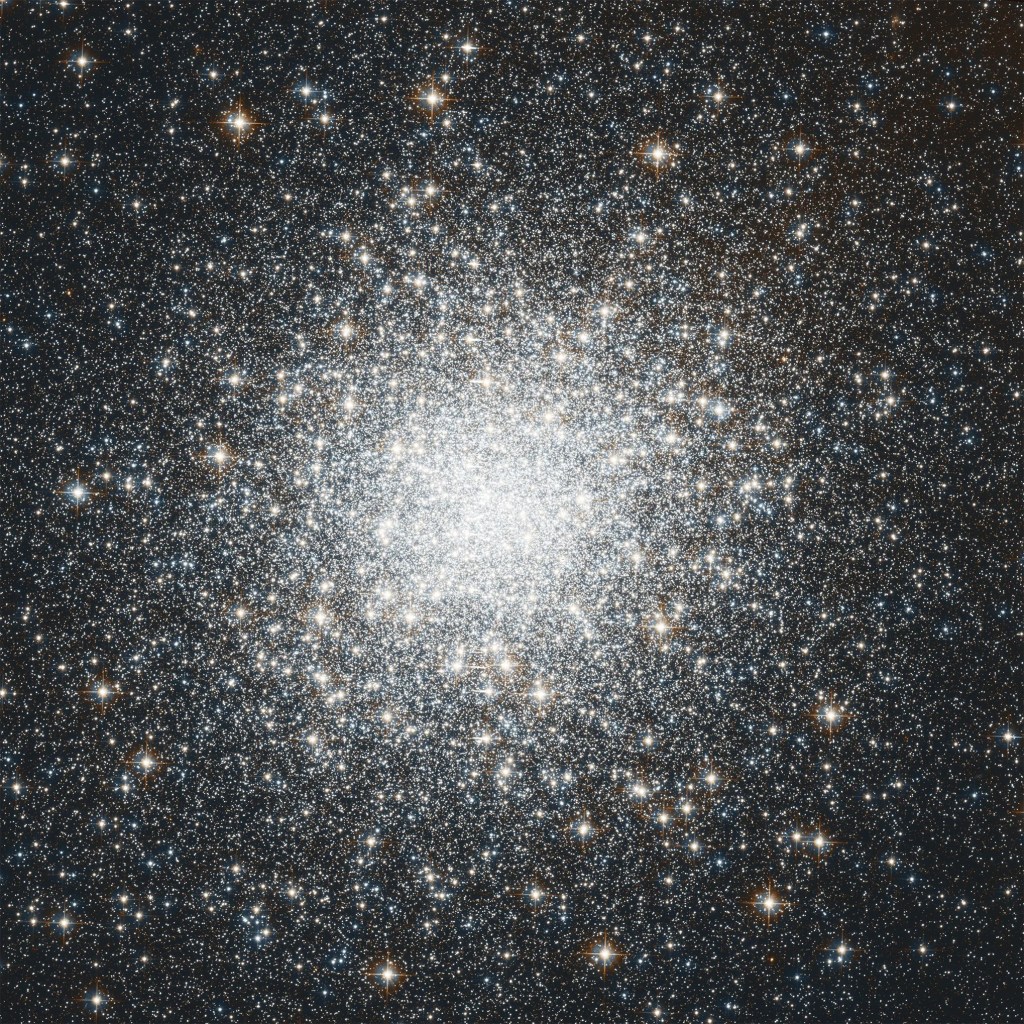
Hubble's image of Messier 2 is comprised of visible and infrared wavelengths of light.















